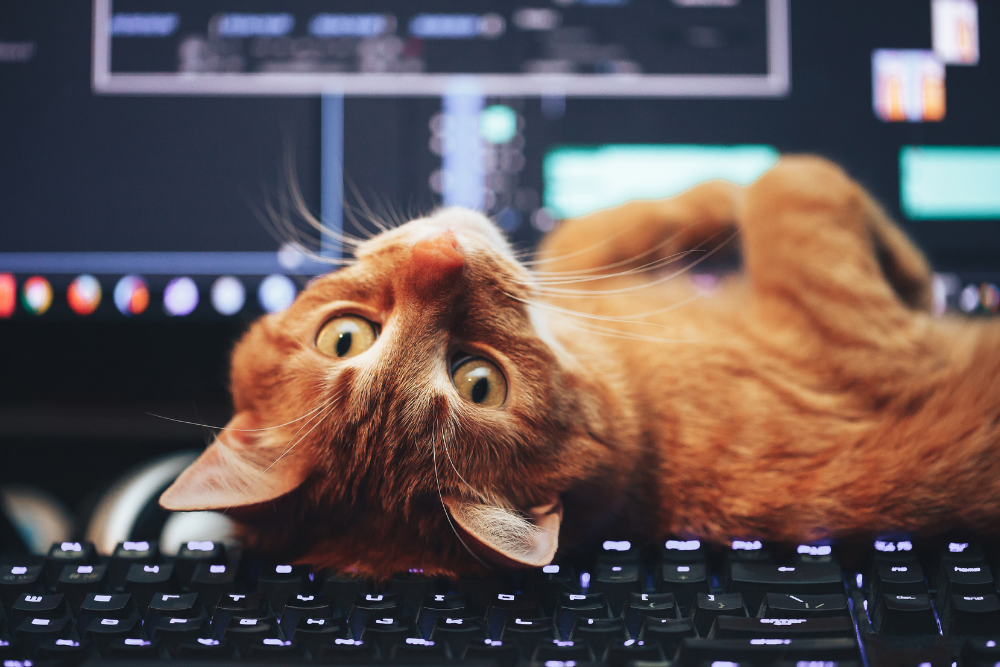In 2015, the publisher of a purring cat video — Digihaven — got into a bit of a complicated situation with EMI Music and YouTube. Why? Because according to YouTube’s automated Content ID system, 12 seconds of Phantom the cat’s purring in the hour-long video infringed upon the copyright of a musical composition called “Focus.”
Yes, you read that correctly. A cat was blamed for violating a music copyright. Because of how its purr happened to sound.
Thankfully, EMI quickly withdrew their claim, Digihaven filed a dispute with YouTube, and the video got a lot of free press that led to it garnering a huge number of new views.
This is a bit of an older story. But one that seems worth bringing up with smaller copyright holders currently seeking access to YouTube’s Content ID system. Their goal in doing this is understandable — they want to prevent their copyrights from being infringed upon.
However, with the track record of Content ID, this is something that could lead to lots of questionable claims.
What Exactly Is YouTube’s Content ID System?
As it stands now, only content creators with a “substantial body of original material that is frequently uploaded” to YouTube are eligible to participate in the program.
Here is how YouTube’s Content ID system works for those copyright holders:
- The copyright holder gives YouTube a copy of their content for reference.
- YouTube automatically scans videos that are uploaded for matching content.
- If a match is found by their program, YouTube takes action based on the copyright holder’s preference: to monetize, track, or block the video in question.
Since the process is automated, it is not foolproof. The purring cat’s story had a happy ending — but it could have gone differently.
YouTube is notorious for pulling videos down if they are flagged for violating copyright — despite the fact that many of those “flags” end up being questionable at best.
Even in the story detailed above, Digihaven had to turn off monetization on the video of Phantom while the situation played out.
The bottom line: if you have a video flagged by YouTube’s Content ID system, do not immediately assume all is lost. You have options to fight back and protect your work from these kinds of accusations.
Reach out to intellectual property attorney Crystal Broughan to see what next steps are available to you.
